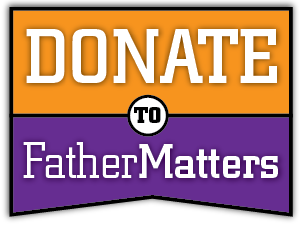Prisons of Poverty:
Uncovering the pre-incarceration incomes of the imprisoned
By Bernadette Rabuy and Daniel Kopf
Correctional experts of all political persuasions have long understood that releasing incarcerated people to the streets without job training, an education, or money is the perfect formula for recidivism and re-incarceration. While the fact that people released from prison have difficulties finding employment is well-documented, there is much less information on the role that poverty and opportunity play in who ends up behind bars in the first place.
Using an underutilized data set from the Bureau of Justice Statistics, this report provides hard numbers on the low incomes of incarcerated men and women from before they were locked up.
Findings
The findings are as predictable as they are disturbing. The American prison system is bursting at the seams with people who have been shut out of the economy and who had neither a quality education nor access to good jobs. We found that, in 2014 dollars, incarcerated people had a median annual income of $19,185 prior to their incarceration, which is 41% less than non-incarcerated people of similar ages.
The gap in income is not solely the product of the well-documented disproportionate incarceration of Blacks and Hispanics, who generally earn less than Whites. We found that incarcerated people in all gender, race, and ethnicity groups earned substantially less prior to their incarceration than their non-incarcerated counterparts of similar ages:
| Figure 1. Median annual incomes for incarcerated people prior to incarceration and non-incarcerated people ages 27-42, in 2014 dollars, by race/ethnicity and gender. | |||||
| Incarcerated people (prior to incarceration) |
Non-incarcerated people | ||||
| Men | Women | Men | Women | ||
| All | $19,650 | $13,890 | $41,250 | $23,745 | |
| Black | $17,625 | $12,735 | $31,245 | $24,255 | |
| Hispanic | $19,740 | $11,820 | $30,000 | $15,000 | |
| White | $21,975 | $15,480 | $47,505 | $26,130 | |
| Figure 2. Percentage difference between the median annual incomes for incarcerated people prior to incarceration and non-incarcerated people ages 27-42, in 2014 dollars, by race/ethnicity and gender. | ||
| Men | Women | |
| All | 52% | 42% |
| Black | 44% | 47% |
| Hispanic | 34% | 21% |
| White | 54% | 41% |
While the gap in income is most dramatic for White men, White men have the highest incomes. By contrast, the income gap is smallest for Hispanic women, but Hispanic women have the lowest incomes.
Not only are the median incomes of incarcerated people prior to incarceration lower than non-incarcerated people, but incarcerated people are dramatically concentrated at the lowest ends of the national income distribution:
Figure 3. Incarcerated men are concentrated at the lowest ends of the national income distribution. The median incarcerated man had a pre-incarceration income that is 48% that of the median non-incarcerated man.
Figure 4. Incarcerated women are concentrated at the lowest ends of the national income distribution. The median incarcerated woman had a pre-incarceration income that is 58% that of the median non-incarcerated woman.
Conclusion
Our society has, in the name of being tough on crime, made a series of policy choices that have fueled a cycle of poverty and incarceration. We send large numbers of people with low levels of education and low skills to prison, and then when they leave just as penniless as they were when they went in, we expect them to bear the burden of legally-acceptable employment discrimination.
Acknowledging, as this report makes possible, that the people in prison were, before they went to prison, some of the poorest people in this country makes it even more important that we make policy choices that can break the cycle of poverty and incarceration.
Reversing the decades-old policies that make it more difficult for people with criminal records to succeed may require political courage, but the options are plentiful.
Reversing the decades-old policies that make it more difficult for people with criminal records to succeed may require political courage, but the options are plentiful and often straightforward. Federal, state, and local governments can repeal laws restricting incarcerated and formerly incarcerated people’s access to welfare, public housing, Pell Grants, and student loans, and the private sector can voluntarily end its discrimination against people with criminal convictions. These reforms can help individuals succeed, but we will also need to explore how our single-minded focus on imprisonment blinded us to the needs of entire communities.
Permanently ending the era of mass incarceration will require reversing the decades of neglect that denied our most vulnerable communities access to good jobs, reliable transportation, safe housing, and good schools. Making these long-delayed investments in the basic building blocks of strong and stable communities will ensure that, once we turn the corner on mass incarceration, we never turn back.




